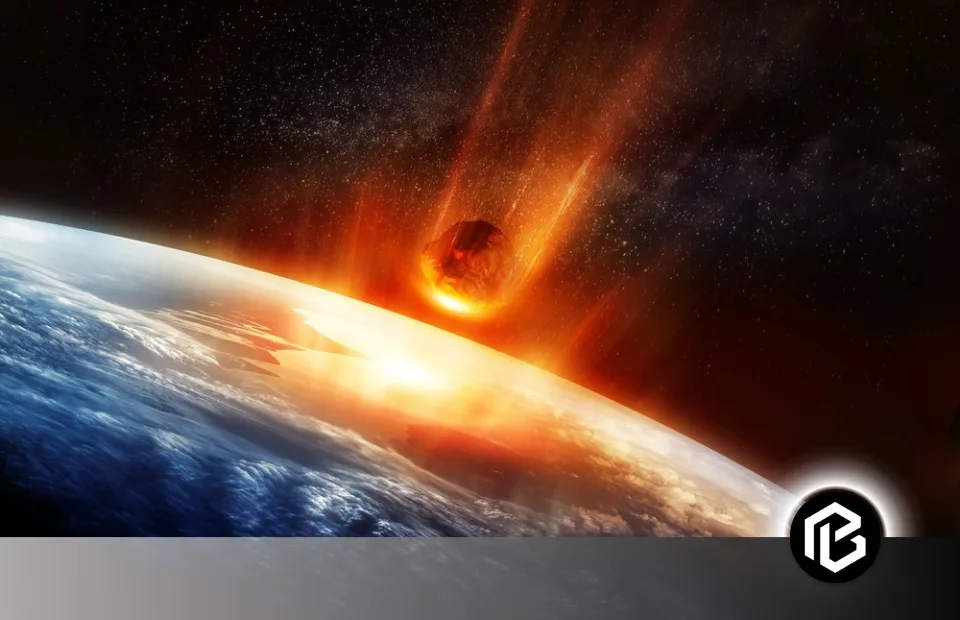There are unlimited stars and asteroids present in the universe. Some of them are hundreds of lightyears away. Meanwhile, some are trying to approach us fast. One such incident is going to happen in 2029 when an asteroid named Apophis is going to pass so close to the Earth. On April 13 2029, It may be safely pass close to Earth within 19,794 miles (31,860 kilometers).
- Why We Are Afraid of 2029?
- What are Asteroids? Do they hit the Earth?
- What is Apophis Asteroid?
- Important Facts about Apophis
- What if a 2.7% probability came true?
- What if Apophis Asteroid falls into Water? Will it be less destructive?
- Is the Extinction of Humanity possible?
- Can we change the path of an Asteroid?
- Conclusion
- Frequently Asked Questions on Asteroid Apophis and our Earth in 2029
Why We Are Afraid of 2029?
Asteroid Apophis, After great research by many space exploring companies, including NASA, it has been confirmed that in 2029, an asteroid named Apophis will pass extremely close to Earth. It is stated that it will be more intimate than the communication Satellites.
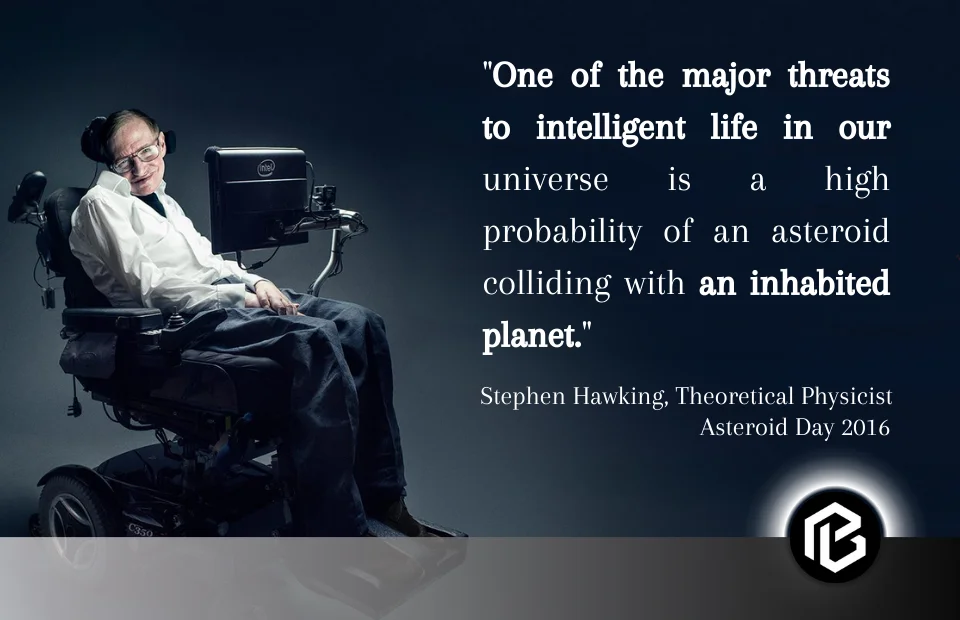
“One of the major threats to intelligent life in our universe is a high probability of an asteroid colliding with an inhabited planet”
Stephen Hawking
What are Asteroids? Do they hit the Earth?
Asteroids are heavenly bodies that are made up of rocks. These Asteroids remain orbiting around different planets. Most of the asteroids are found between Mars and Jupiter. These are small, therefore, sometimes called Planetoids and minor planets.
Sometimes, during their movement, some asteroids hit planets.
Earth has also been the victim of these asteroid hits in the past time. The extinction of dinosaurs is also known as the result of climate change after the destructive landing of an asteroid.
What is Apophis Asteroid?
In 2004, Space Explorers started researching various asteroids and found that an asteroid would pass very close to Earth. They gave it the name of Apophis.
It is an Egyptian name derived from Apep. Apep was an ancient Egyptian god who was regarded as the embodiment of chaos and a foe of light and order, also known as “Apepi” and “Aapep.”
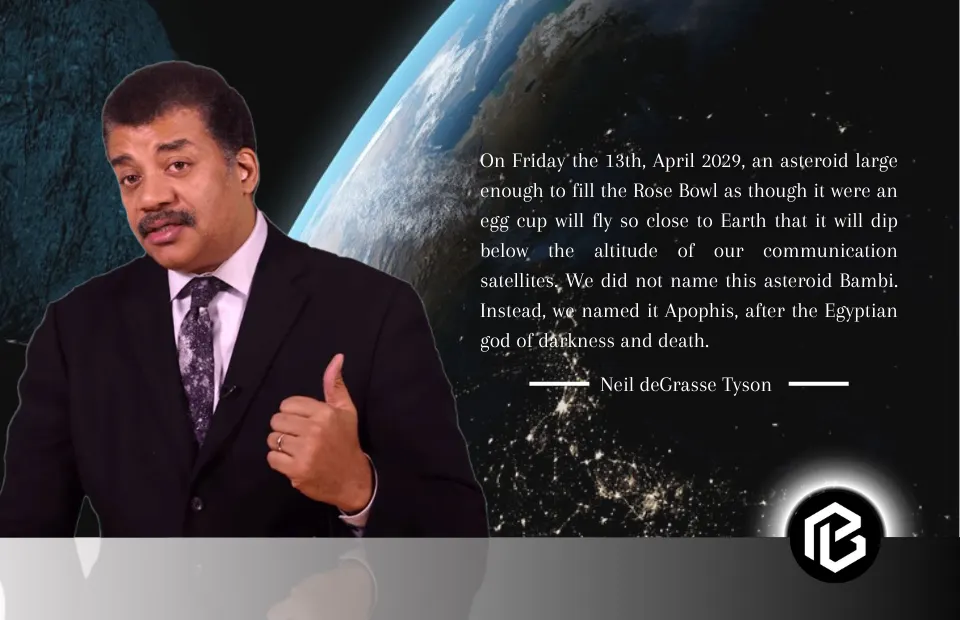
“On Friday the 13th April 2029, an asteroid Apophis large enough to fill the Rose Bowl as though it were an egg cap will fly so close to Earth that it will dip below the altitude of our communication satellites. We did not name this asteroid Bambi. Instead, we named it Apophis, after the Egyptian god of darkness and death.”
Neil deGrasse Tyson
Important Facts about Apophis
| Discovered on | June 19, 2004 |
| Size | Average Diameter 340 m |
| Nearest Distance from Earth | 38,012 Km |
| Closest Approach | April 14, 2029 |
| Velocity | 26.79Km/s relative to Sun |
| Probability of hitting the earth | 2.7% |
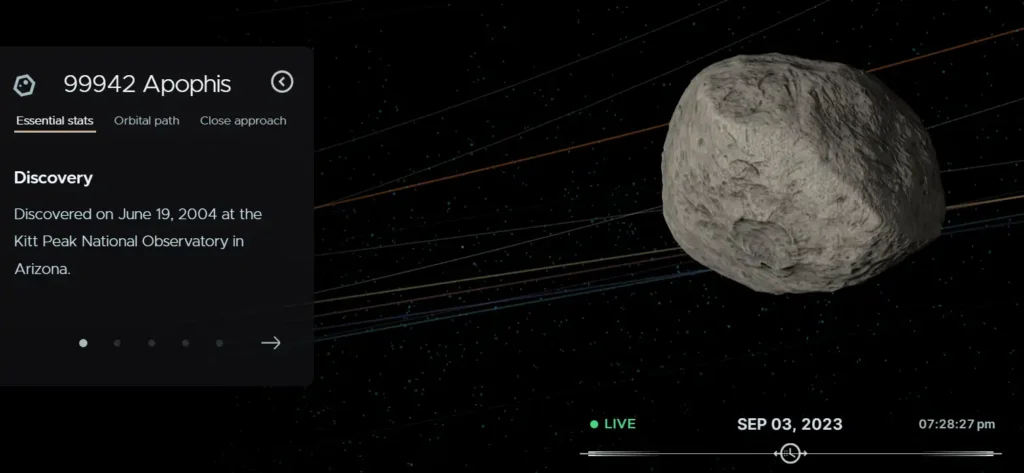
What if a 2.7% probability came true?
The probability of this asteroid hitting the Earth is very low, but in space, anything can happen.
If this object hits the Earth, it will Explode with one thousand Megaton energy. Imagine this with the bomb thrown on Hiroshima and Nagasaki, which exploded with 0.15 Megaton energy.
The estimated cost of destruction depends upon the geographical location of the fall. But it is also possible that it may fall into oceans because 71% of Earth is Water.
What if Apophis Asteroid falls into Water? Will it be less destructive?
As in our childhood, we all have played throwing stones in the Water and enjoyed seeing the ripples. The same will happen if the asteroid falls into Water. It will produce immense waves that will destroy the ecosystem of the ocean and the population near sea areas.
Neil Degrasse Tyson has said that if Apophis falls into the Pacific Ocean, it will destroy the West Coast of North America.
Therefore, the fall of this object is destruction regardless of place.
Is the Extinction of Humanity possible?
The falling of an asteroid is just an explosion that causes severe destruction. But this is not it; climate changes after these massive destructions bring more fatal issues.
The extinction of Dinosaurs is also known as the result of climate change after the KT Asteroid hit the Earth.
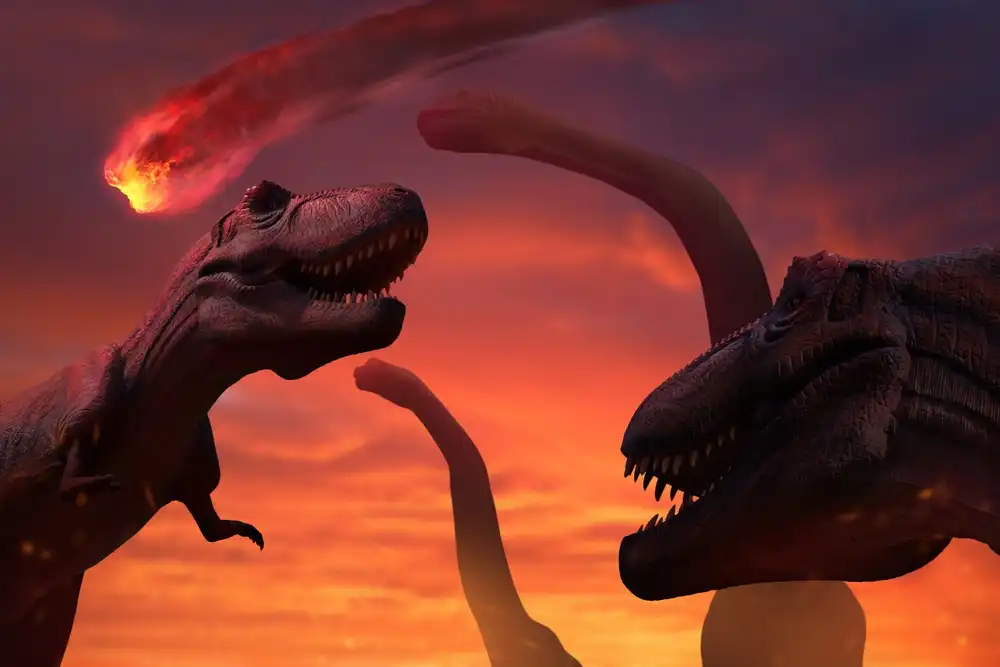
But Apophis is just 5% of KT Asteroid, so the extinction of humanity is highly impossible.
Can we change the path of an Asteroid?
Changing the path of an asteroid is possible. Many companies are working on these types of experiments, and it has been confirmed that the path of an asteroid can be deflected with kinetic impact in space. So, there is hope that if it tries to hit our mother planet, we will use kinetic impact to change its path.
Conclusion
Speaking in the light of all possibilities, there is great hope that we will see the sun of 2030. The probability of hitting asteroid Apophis to Earth is 2.7%, further divided into falling in populated and unpopulated areas. Furthermore, we have a method to deflect its path.
So stay calm, be happy, and enjoy your life.
Frequently Asked Questions on Asteroid Apophis and our Earth in 2029
What are the potential consequences if Asteroid Apophis were to collide with Earth?
If Apophis were to collide with Earth, it could have catastrophic consequences depending on its size and impact location. Such an event could cause widespread devastation, including tsunamis, wildfires, and global climate effects.
How is NASA monitoring Asteroid Apophis?
NASA and other space agencies around the world use telescopes and other observational tools to track the trajectory of Asteroid Apophis and assess any potential threats to Earth. Advanced modeling techniques help refine predictions of its orbit.
What measures are being taken to mitigate the risk of asteroid impacts in the future?
Efforts are underway to develop technologies and strategies to deflect or mitigate the threat posed by potentially hazardous asteroids. These include asteroid deflection missions, international collaborations, and improved detection capabilities.
What can the public do to stay informed about Asteroid Apophis and other near-Earth objects?
The public can stay informed about Asteroid Apophis and other near-Earth objects by following updates from reputable space agencies such as NASA and ESA. Additionally, educational resources and citizen science projects provide opportunities for engagement and learning about planetary defence efforts.


